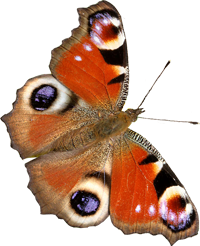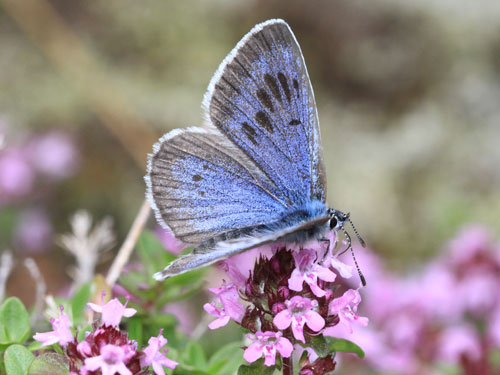
Valais, Switzerland, August 2012
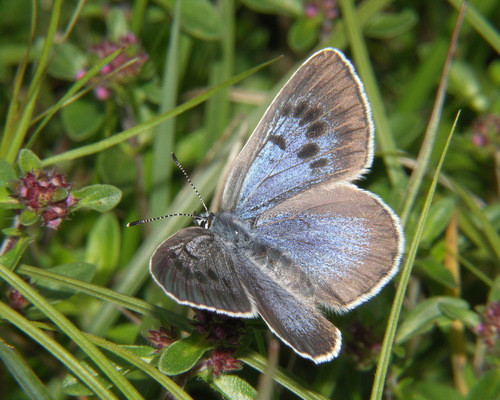
Cluj, Romania, June 2006
Field notes and information
A flagship butterfly for the conservation movement. It is a distinctive species with a remarkable (although not unique) life history involving ants.
Identification & Similar species: Its large size and strong markings make this a distinctive butterfly. However, some of the other large blue, Maculinea , species are similar. This is the only one with a double row of strong underside marginal spots.
Distribution & Flight: From north Spain and eastwards to Italy, Greece and southern Scandinavia. Extinct in the UK due to the loss of the short turf habitat when rabbits died out during the myxamotosis crisis. Recently successfully reintroduced to a dozen or so sites in southwest England where it continues to thrive.
Single brooded flying from the end of May to early August, depending on location and atlitude. The majority of my records are from July and early August.
Habitat & Behaviour: Grassy places with flowers, especially thyme, Thymus sp, the larval food plant. Usually dry habitats.
This butterfly displays an extreme adaptation during its larval stages. It was many years of failed breeding attempts before its life cycle secret was discovered. The female lays her eggs as any butterfly and the young larvae feed on the leaves of thyme. At the third larval instar the larva stops eating leaves and wanders. It will die unless ants find it. The ants are attracted to a sweet sugary excretion generated by a gland on the back of the larva. The ants take their prize (the sugar producing larva) back to the nest where they tend to it. Unfortunately for the ants the larva commences eating the ant larvae. The ants don't seem to notice though and the butterfly gains immense benefit of a plentiful source of high protein meals plus defence against almost all predators hidden away deep inside the ant's nest.
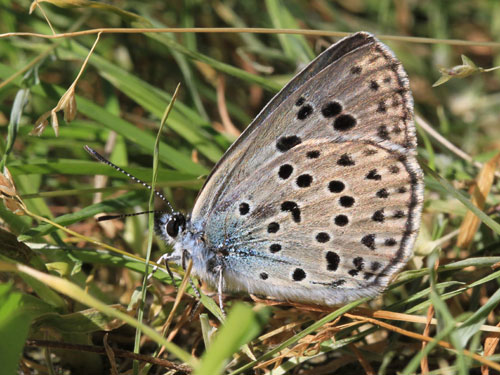
SW Serbia, June 2012
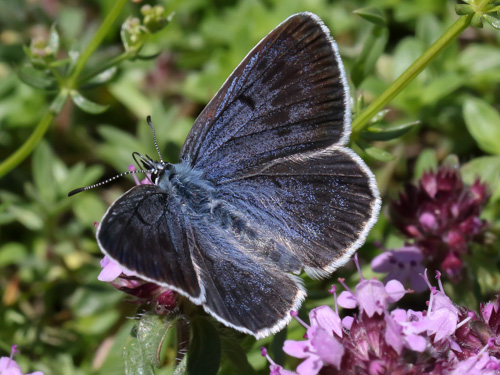
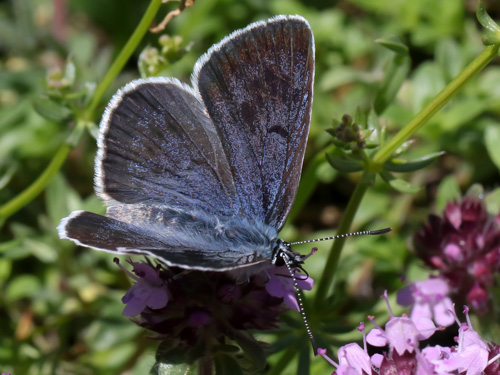
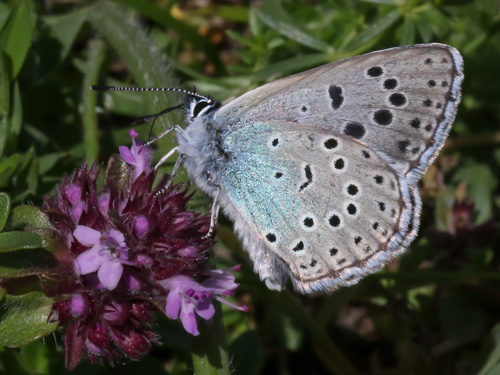
Valais, Switzerland, July 2021
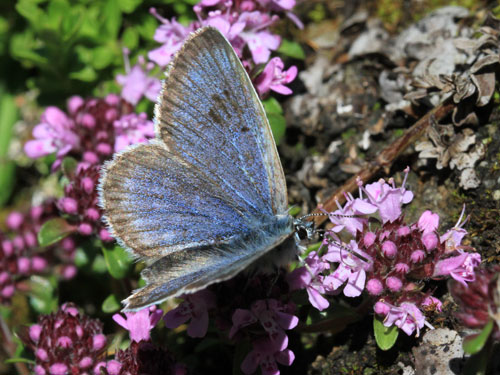
Vaud, Switzerland, July 2012
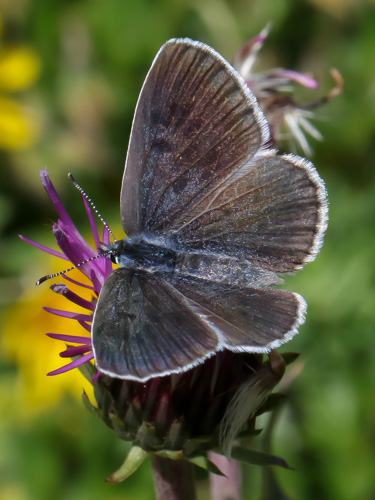
Valais, Switzerland, July 2021
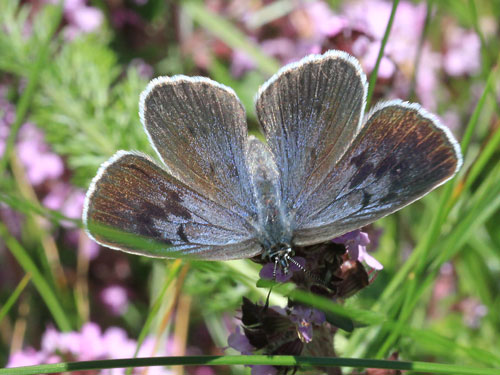
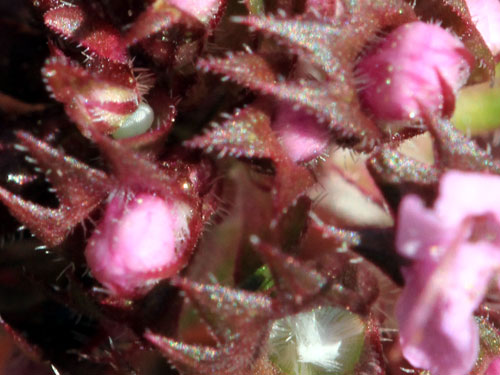
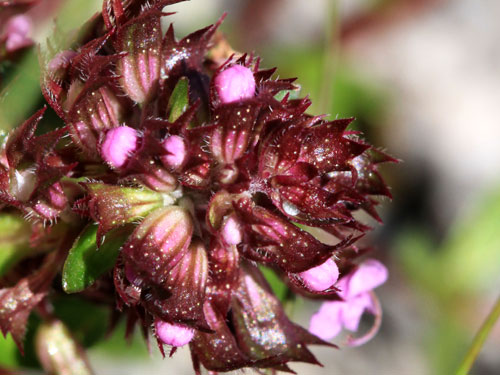
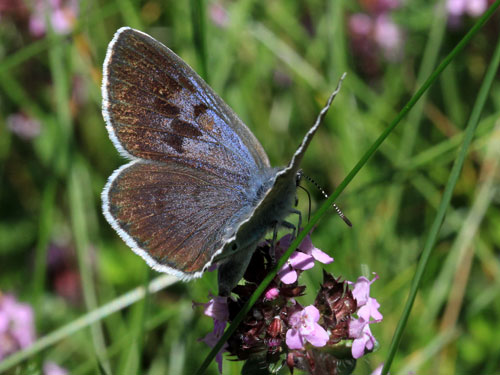
Piedmont, Italy, July 2012
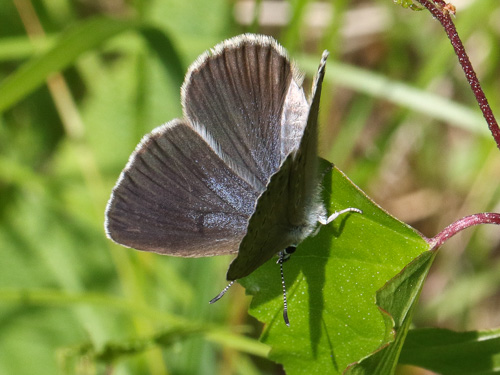
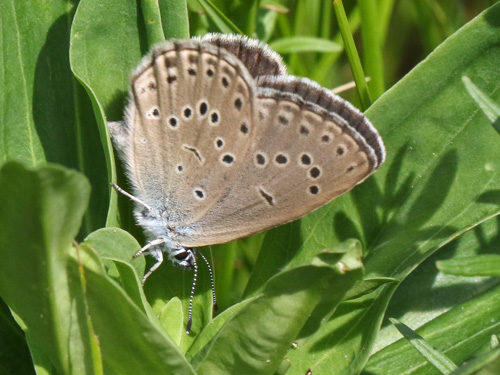
Valais, Switzerland, June 2017
Form obsucra.
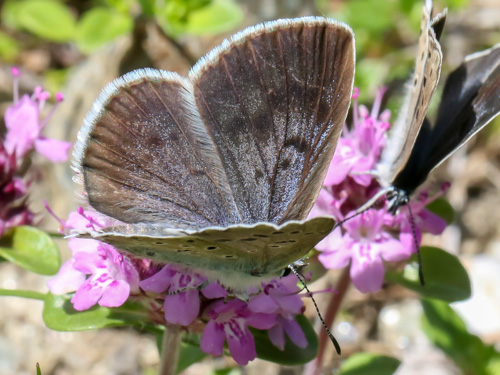
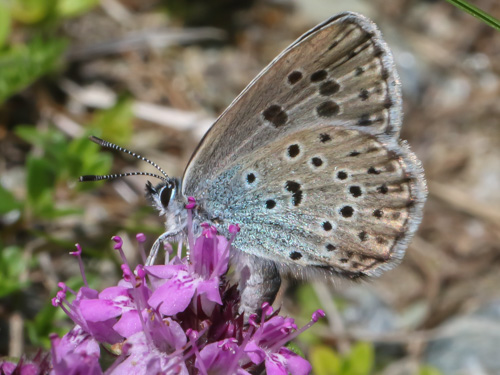
Valais, Switzerland, July 2021
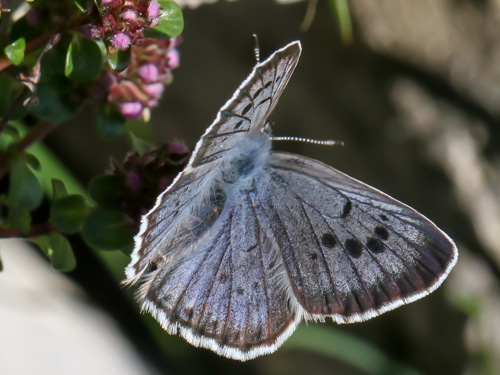
Vaud, Switzerland, June 2021
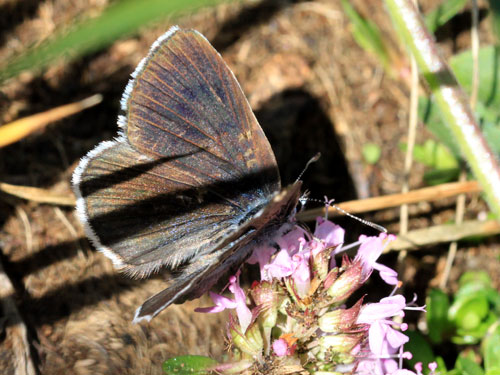
Valais, Switzerland, July 2012
The high altitude form obsucra is darker.
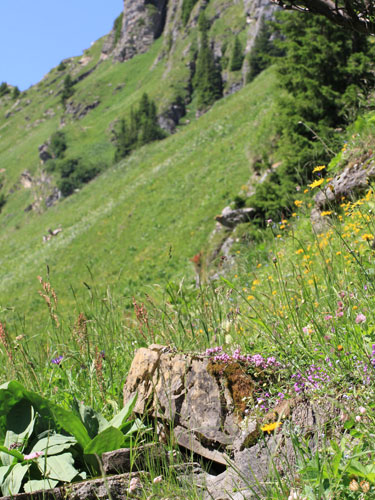
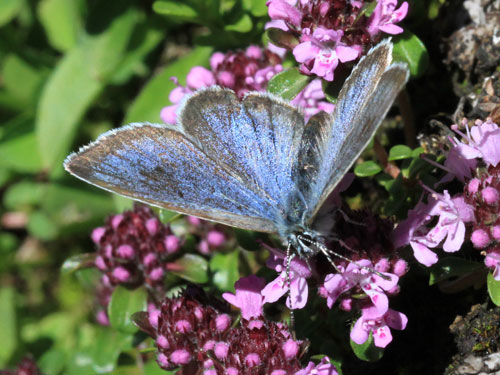
Vaud, Switzerland, July 2012
Habitat, with the larval food plant thyme in the foreground.
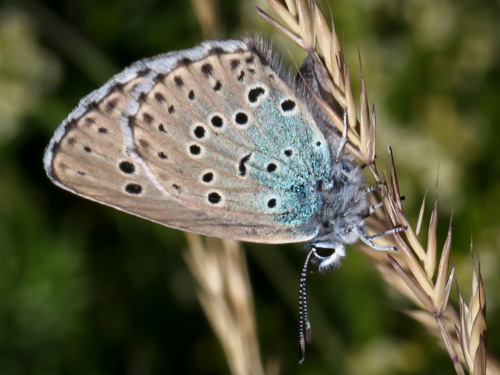
Valais, Switzerland, July 2020
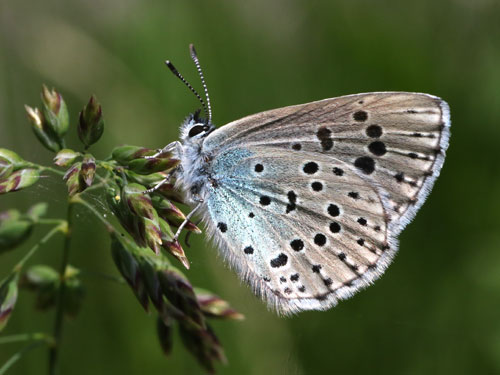
Valais, Switzerland, July 2015
